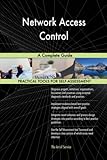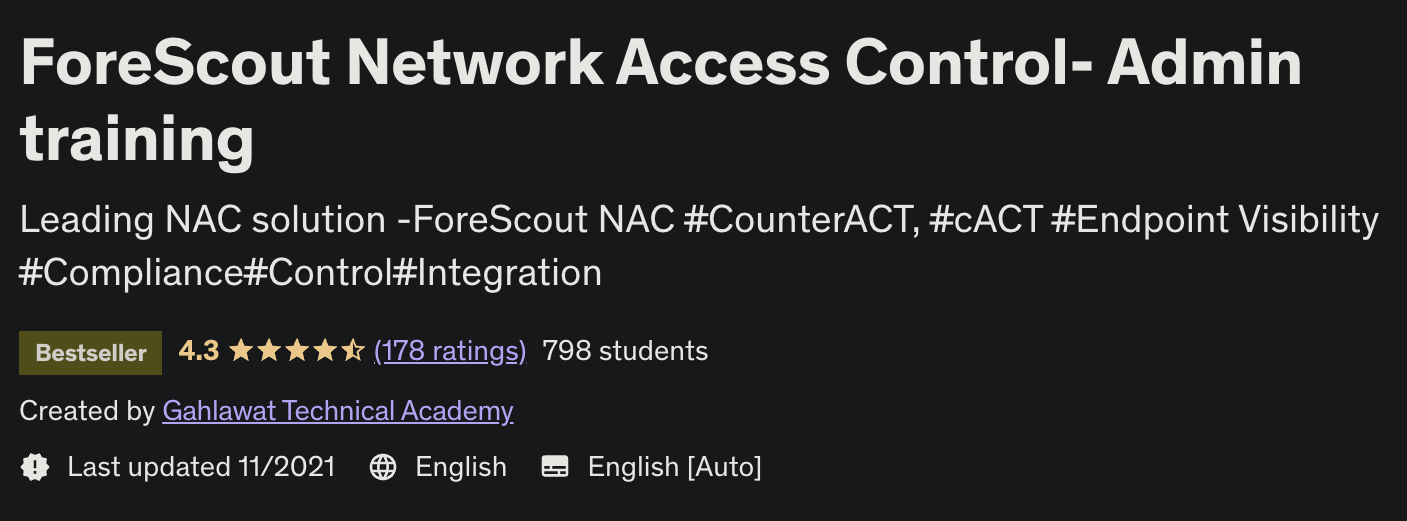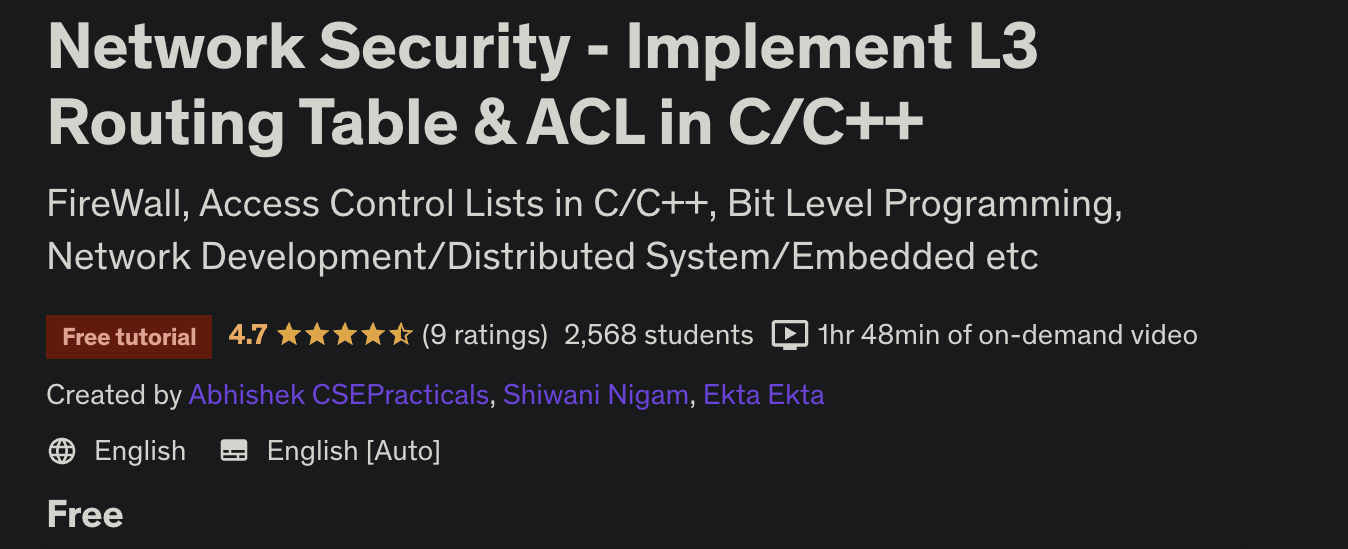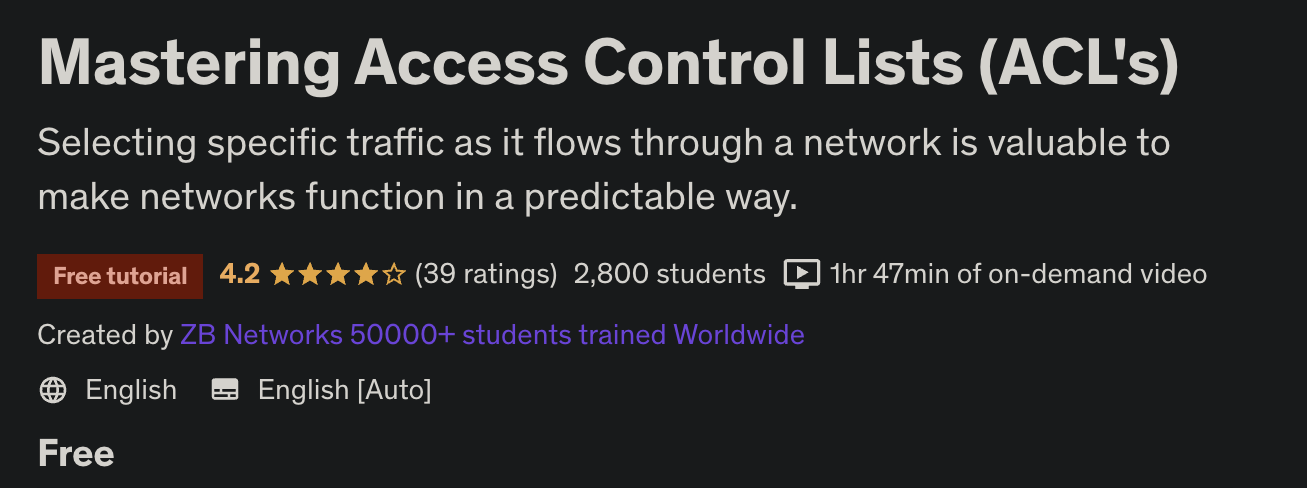NAC has become a powerful tool for helping businesses secure their networks by controlling user and device access.
As organizations continue to adopt modern technological advancements to manage their network infrastructure, the need to secure their network access becomes a critical concern.
With NAC, organizations can prevent unauthorized access and protect against threats such as malware & viruses.
In this article, we will dive into the world of NAC and explore its benefits, types, and how to choose the right NAC solution for your organization.
Let’s get started!
What is Network Access Control?

Network Access Control (NAC) is a security mechanism that organizations use to keep their network infrastructure secure. It ensures that only authorized and compliant devices are allowed to access the network.
It’s like the protective shield that keeps your castle safe from intruders!
The primary objective of NAC is to prevent unauthorized access to the network, which can result in security breaches, downtime, and other harmful incidents.
How Does NAC Work?
Network Access Control (NAC) is an advanced security solution that helps control access to networks by enforcing policies that determine which users & devices are allowed to connect and what level of access they are granted.

The way that NAC works can be quite complex and involves a variety of different components.
Device identification
To be more specific, When a device attempts to connect to the network, it is first identified through various means such as MAC address, IP address, or hostname.
Authentication
The device is then authenticated by the NAC system to ensure that it is authorized to connect to the network. Authentication can be done using various methods such as a username and password, digital certificates, biometric authentication, or smart cards.
Endpoint compliance
Once the device is authenticated, the NAC system checks whether the device meets the organization’s security policies and compliance requirements. This includes verifying that the device has up-to-date antivirus software, firewall protection, and the latest operating system patches.
Network access
If the device is compliant with the organization’s security policies, it is granted access to the network. However, if the device is non-compliant, the NAC system can either deny access or quarantine the device to a restricted network where remediation can be performed.
Continuous monitoring
After the device is granted access to the network, the NAC system continues to monitor the device for compliance with security policies. If the device falls out of compliance, the NAC system can take action, such as revoking network access or re-quarantining the device.
Importance of NAC
The importance of Network Access Control (NAC) cannot be underestimated in today’s hyper-connected world where cyberattacks and data breaches are common.
There are several key reasons why NAC is essential in today’s cybersecurity landscape.
NAC improves network performance by controlling the number & types of devices that are allowed to connect. This reduces the risk of network congestion and potential downtime, which can be a major source of frustration for network administrators.
It simplifies device management by providing centralized management of network devices. This makes it easier to monitor and manage network access which reduces the workload of IT administrators and ensures that devices are configured correctly.
Finally, NAC helps to reduce the risk of insider threats by making sure that only authorized users and devices are allowed to connect to the network. This helps to prevent data breaches and other security incidents caused by unauthorized access, which provides an additional layer of protection for organizations’ networks.
Steps to implement NAC

Implementing NAC can be a complex and challenging task that requires a series of steps to make sure that the solution is properly configured and integrated with the organization’s existing network infrastructure.
#1. Define the security policy
First, the organization must create a comprehensive security policy that sets the requirements for devices to be granted access to the network. This policy should cover key security measures like antivirus software, firewalls, and operating system updates.
#2. Choose a NAC solution
The organization must choose a suitable NAC solution that meets its specific requirements. This could involve selecting a hardware-based or software-based solution or a combination of both.
#3. Configuration
In this step, the selected NAC solution must be configured to match the organization’s security policy. This includes setting up authentication & authorization policies, configuring network access control lists (ACLs), and defining remediation policies for non-compliant devices.
#4. Testing
The NAC solution needs to be tested in a controlled environment to ensure that it functions as expected and that all devices are properly authenticated and authorized. This testing involves simulating different scenarios to validate the solution’s functionality.
#5. Deployment
Once the NAC solution has been validated, it can be deployed across the organization. This could involve installing hardware-based NAC devices, deploying software agents on devices, or integrating the NAC solution with existing network infrastructure.
#6. Real-time monitoring
Finally, Continuous monitoring and maintenance of the NAC solution are essential to ensure that it continues to function properly. This includes regular software updates and periodic security audits.
Types of NAC

#1. Pre-admission
This type of NAC solution is all about checking to see if devices are compliant with an organization’s security policies before they are allowed to connect to the network.
In order to achieve this, pre-admission NAC involves the assessment of a device’s security posture, which typically includes making sure all necessary software updates and security measures are in place.
#2. Post-admission
Unlike pre-admission NAC, this one focuses on monitoring devices after they have already connected to the network. This is to ensure that they remain compliant with the organization’s security policies.
It involves constant monitoring & assessment of the device’s security posture and the application of remediation policies in the event that non-compliant devices are identified.
#3. In-line
Hardware-based in-line NAC solutions are placed in line with the network, which allows them to monitor all traffic passing through. This type of NAC solution is perfect for enforcing access control policies and detecting and responding to potential security threats in real-time.
#4. Out-of-band
Out-of-band NAC solutions are software-based and operate in parallel to the network. They monitor and control access to the network through separate channels, which allows them to authenticate and authorize devices before they are allowed to connect to the network.
How to choose a NAC solution?

There are various factors to take into consideration while choosing a NAC solution for your infrastructure. Some of them are:
Network topology
The structure of an organization’s network can significantly influence the type of NAC solution that is most suitable. For example, organizations with a highly distributed network may require a cloud-based NAC solution, while those with a more centralized network can benefit from an on-premise NAC solution.
Deployment model
NAC solutions can be deployed in various ways, including hardware, software, and cloud-based solutions. The deployment model selected will depend on the organization’s specific requirements, budget, and other factors.
Integration with existing security solutions
It is important to select a NAC solution that seamlessly integrates with the organization’s existing security solutions, such as firewalls and intrusion prevention systems. This integration will ensure that security policies are enforced across the network.
Scalability
The chosen NAC solution must be scalable to meet an organization’s requirements as the network grows. It should be able to add new users and devices to the network without compromising security.
Usability
The ease of use of a chosen model affects both the end-users and administrators, which reduces the workload of IT staff & ensures that end-users can access the network quickly and efficiently.
Compliance
Compliance is a vital consideration when selecting a NAC solution. The solution must be capable of enforcing compliance policies and regulations such as HIPAA and PCI-DSS.
Budget
The cost can vary depending on the deployment model, features, and support level required. Organizations must select a solution that aligns with their budget while still satisfying their requirements.
What is the NACL?

A Network Access Control List (NACL) is a security feature used to control inbound & outbound traffic in a network.
It is a set of rules that determine what traffic is allowed to enter or leave a network based on criteria such as source and destination IP addresses, port numbers, and protocols.
NACL can be used to block specific types of traffic, such as malware or unauthorized access attempts while allowing legit traffic to pass through.
They are commonly used in routers, firewalls, and other network devices to enhance the security posture of a network.
How to Create NACL?

Determine the objective
Identify the specific goals and requirements for the NACL, such as the types of traffic to allow or block and the criteria for filtering traffic.
Identify network resources
Determine the devices and systems that require protection through the NACL and their associated network addresses.
Define the rules
Establish a set of rules for the NACL that detail the types of traffic to permit or deny based on predefined criteria such as source & destination IP addresses and protocols.
Implement the rules
Apply the NACL rules to the relevant network devices, such as routers and firewalls
Perform the Testing
Verify that the NACL functions correctly by testing the traffic flows and ensuring that the rules are enforced properly.
Monitor and maintain
Regularly monitor and update the NACL to ensure that it meets the organization’s security requirements.
It is important to note that the steps involved in creating an NACL may vary depending on the network environment and the organizational security policies. So, It is highly recommended to consult with network security professionals to ensure optimal NACL configuration & effective network protection.
Capabilities of NAC
- Device identification and profiling
- Policy enforcement for network access
- Dynamic network segmentation based on user & device identity.
- Automated remediation actions for non-compliant devices
- Integration with other security technologies, such as firewalls & intrusion prevention systems
- Real-time monitoring and visibility into network activity
- Centralized management and reporting of network access.
Limitations of NAC
- Implementation can be complex and time-consuming
- Additional hardware or software investments may be required
- Can be costly, particularly for larger organizations
- Network performance may be affected if not configured correctly.
- It requires regular maintenance & updates to remain effective
- Changes to the existing network infrastructure may be required.
Learning Resources
There are many resources available on NAC that provide a detailed understanding of its key concepts, protocols, architectures, and deployment scenarios. We have enlisted a few of these resources for your convenience.
#1. Network Access Control A Complete Guide
This book is truly remarkable due to its unique approach of focusing on the art of questioning. The author believes that asking the right questions is the key to understanding the challenges & opportunities associated with NAC and provides readers with a set of questions they can use to uncover the NAC challenges they face and generate better solutions to solve those problems.
| Preview | Product | Rating | |
|---|---|---|---|

|
Network Access Control A Complete Guide | Buy on Amazon |
In addition to the book itself, readers also have access to digital components that enhance their learning experience. These components include an online self-assessment tool that enables readers to diagnose NAC projects, initiatives, organizations, and processes using accepted diagnostic standards and practices.
The tool also provides a NAC scorecard that enables readers to develop a clear picture of which NAC areas need attention.
#2. ForeScout Network Access Control- Admin training
This Udemy course is a comprehensive & informative learning experience designed for both beginners and intermediate learners in the field of NAC. It is a must-have for those who seek to acquire a deep understanding of the ForeScout NAC solution, one of the leading NAC solutions available today.

During the course, learners will install ForeScout OS in a virtual environment with the initial setup wizard helping them set up communication with switches, domain servers, and other relevant settings. The course features various ForeScout configurations like segments and policies for Classification, Assessment, and Control with accompanying labs.
Throughout the course, Learners will have access to a range of learning resources, including video lectures, quizzes, and hands-on exercises that provide students with practical experience in configuring & managing Forescout NAC deployments.
#3. Network Security – Implement L3 Routing Table & ACL in C/C++
This Udemy course is an excellent resource for anyone looking to gain a deeper understanding of the data structures used in IPV4 routing tables and access control lists(ACL). It offers a comprehensive overview of these key networking concepts and provides clear explanations of their internal design and implementation.

This course serves as an excellent resource for anyone looking to gain a deeper understanding of access control lists and IPV4 routing tables & their essential role in network security. Whether you’re a beginner or an expert, the lectures and hands-on exercises make it an ideal learning experience for all.
#4. Mastering Access Control Lists (ACLs)
ACL is a crucial tool for network administrators looking to control traffic flow & restrict user access. In this course, students will gain an in-depth understanding of ACL technology, including syntax and other applications. With sample Cisco ACL implementations, learners will become familiar with configuration syntax and see the technology in action in live network settings.

Standard & extended IPv4 access lists are examined in detail, and students will learn how to implement each type on a router. Troubleshooting ACLs and addressing common errors are also covered.
Final Thoughts
Upon completion of these three Udemy courses, learners will receive a certificate of completion that validates their expertise in NAC administration. This certificate can serve as a valuable credential for learners looking to advance their careers in the field of network security.
I hope you found this article helpful in learning about NAC and how to implement it. You may also be interested in learning about IGMP Snooping to reduce network congestion.

